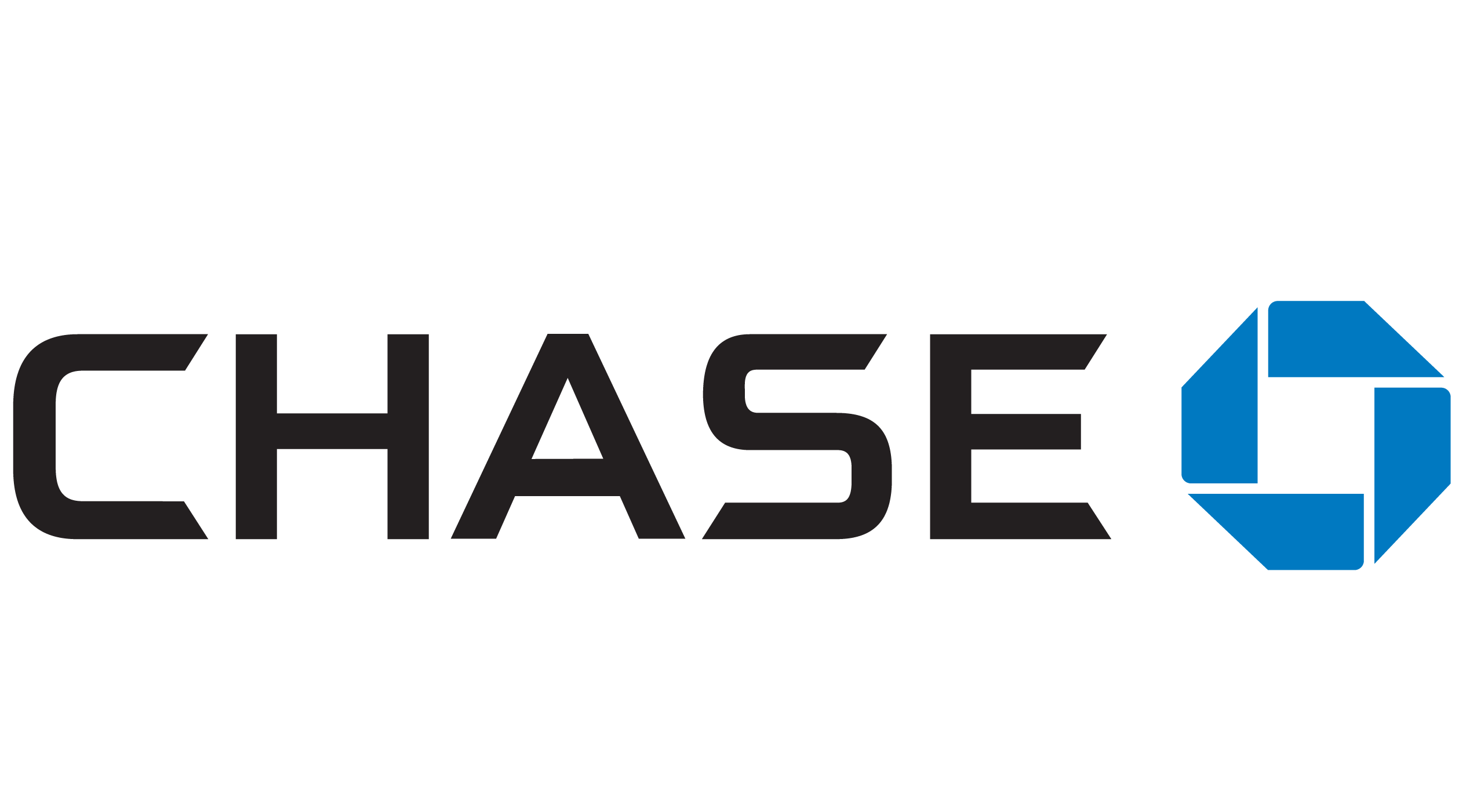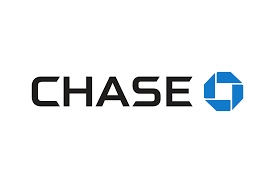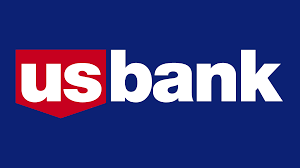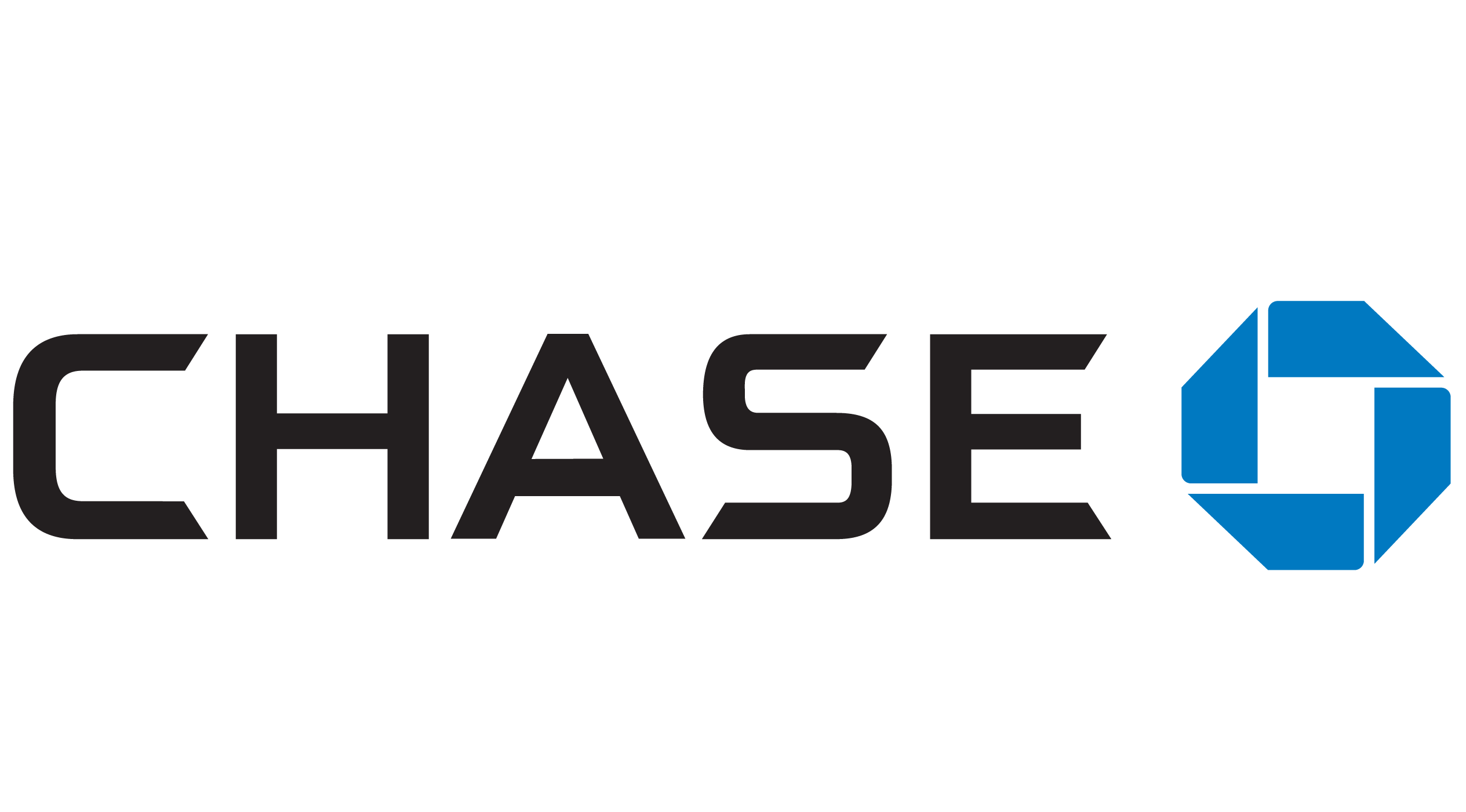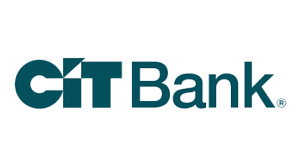Bottom line: Chase is better for its higher CD rates and larger network of banks, while U.S. Bank has lower monthly fees on its savings and checking accounts.
Chase vs. U.S. Bank: Account options
You'll find a variety of account options with both Chase and U.S. Bank.
Savings accounts
Chase and U.S. Bank both offer a basic savings account, the U.S. Bank Standard Savings Account and Chase Savings℠. Between the two, the U.S. Bank Standard Savings Account has a slightly cheaper monthly maintenance fee -- $4 compared to the $5 fee on Chase's account -- but it also has a $25 minimum opening deposit, whereas the Chase has none.
Both accounts give you multiple ways to waive the fee, such as maintaining a daily balance of $300. Neither account has a competitive APY, at least not in respect to high-yield savings accounts.
Show Best Offers Available in
Checking accounts
Chase and U.S. Bank both offer standard personal checking accounts. The U.S. Bank Smartly® Checking has a waivable $6.95 monthly fee, a $25 minimum opening deposit, and overdraft protection. Likewise, the Chase Total Checking® has a waivable $12 monthly service fee, no minimum opening deposit, and overdraft assistance. Between the two, U.S. Bank's checking account is both cheaper and comes with more ways to waive the fee, including being 24 and under, 65 or older, or a member of the military.
Chase and U.S. Bank each offer a variety of student and business checking accounts as well.
Show Best Offers Available in
* Chase Total Checking®
*With Chase Overdraft Assist℠, we won’t charge an Overdraft Fee if you’re overdrawn by $50 or less at the end of the business day OR if you’re overdrawn by more than $50 and you bring your account balance to overdrawn by $50 or less at the end of the next business day (you have until 11 PM ET (8 PM PT) to make a deposit or transfer). Chase Overdraft Assist does not require enrollment and comes with eligible Chase checking accounts.
* Chase College Checking
*With Chase Overdraft Assist℠, we won’t charge an Overdraft Fee if you’re overdrawn by $50 or less at the end of the business day OR if you’re overdrawn by more than $50 and you bring your account balance to overdrawn by $50 or less at the end of the next business day (you have until 11 PM ET (8 PM PT) to make a deposit or transfer). Chase Overdraft Assist does not require enrollment and comes with eligible Chase checking accounts.
CDs
Chase and U.S. Bank both offer standard and special CDs with a variety of terms. Between the two, Chase CDs generally have higher rates, but its minimum opening deposit is double U.S. Bank -- $1,000 versus $500. You also need a Chase checking account to snag the best APYs.
In regards to term lengths, Chase also has more to offer its clients. Whereas U.S. Bank has 11 CD terms to choose from (ranging from one to 60 months), Chase has 17 (ranging from one to 120 months). This might make Chase a better choice for those looking to build a long and more varied CD ladder.
APY = Annual Percentage Yield
Chase vs. U.S. Bank: APYs
Chase generally has higher APYs for its CDs, though it doesn't have a savings account to compete with the U.S. Bank Elite Money Market Account.
As far as Chase CD APYs go, the bank's standard, non-relationship rates are pretty abysmal, coming in at just 0.01% for every term. It does, however, offer decent APYs for a few terms that it dubs "relationship rates," meaning for customers with a linked Chase personal checking account. As rates can change at any time, it's best to check Chase's website for its current rate sheet showing available relationship rates.
U.S. Bank generally offers rates between 0.05% and 0.25%, though occasionally you'll find special CDs with competitive rates.
Although most U.S. Bank CD rates are not on par with Chase CDs, the U.S. Bank Elite Money Market Account has a decently competitive APY of up to 4.25% when you maintain a $25,000 deposit. This ranks it among some of the top money market accounts in terms of APY. Chase doesn't currently have a money market account or high-yield savings account to compete with this.
Chase vs. U.S. Bank: Customer service
Chase and U.S. Bank are neck in neck in customer service reviews. Chase has a slight edge in that it ranked higher on the J.D. Power 2023 National Banking Satisfaction Study, which gave it a score of 674, significantly higher than the study's average of 653. U.S. Bank had a score of 652, below the study's average along with several other big national banks.
On the Better Business Bureau, Chase has an A+, while U.S. Bank's rating is currently under review ("NR"). They both share a "bad" rating on Trustpilot (1.3 stars) and roughly one star on their BBB profiles.
Chase vs. U.S. Bank: Mobile apps
Both banks have highly rated mobile apps with similar banking features and tools. They both let you deposit mobile checks, give you personalized insights to your spending, and let you link external accounts to get a full picture of your personal finances. Both apps also let you send and request money with Zelle and also let you access and monitor your credit score.
Chase's app has a collective 4.6 stars on both the Apple App Store and Google Play, while U.S. Bank has a slightly higher collective rating of 4.75 stars across both.
Chase vs. U.S. Bank: Which is right for you?
If you're looking for the cheapest savings or checking account from a big national bank, U.S. Bank might be right for you. The bank also gives you plenty of ways to waive fees, including holding a U.S. Bank credit card or being a member of the military.
Chase, on the other hand, has the largest branch network in the U.S. with over 4,700 branches in 48 states. It also has more CD terms and generally higher rates. While the fees on its savings and checking accounts are slightly higher than U.S. Bank, it does offer numerous ways to waive them.
High-yield savings account comparison
We recommend comparing high-yield savings account options to ensure the account you're selecting is the best fit for you. To make your search easier, here's a short list of standout accounts.
Show Best Offers Available in
Our bank and credit union methodology
Our methodology for scoring banks and credit unions revolves around evaluating key aspects such as annual percentage yield (APY), brand reputation, fees and minimum requirements, and additional perks.
These criteria are weighted differently across various account types, ensuring a comprehensive assessment that reflects the competitive landscape and economic conditions.
We strictly feature products that offer federal insurance and high customer satisfaction, keeping our recommendations unbiased by advertiser influence. This robust evaluation process helps us generate balanced, reliable best-of lists that guide consumers to top financial products.
Learn more about how The Motley Fool Ascent rates bank accounts.
FAQs
-
If you're looking for a large national bank with branches across the 48 contiguous U.S. states, Chase might be right for you. It also might be a good fit for those who want an easy way to waive fees on checking and savings accounts, as its requirements are comparatively low.
-
U.S. Bank might be a good choice if you want a low monthly fee on your checking and savings account, plus numerous ways to waive it. Its checking account is also well suited for those who are older than 65, younger than 24, a member of the military, or have a U.S. Bank credit card, as account fees are automatically waived.
That said, you have to live in one of the states where U.S. Bank operates to open an account (Arizona, Arkansas, California, Colorado, Idaho, Illinois, Indiana, Iowa, Kansas, Kentucky, Minnesota, Missouri, Montana, Nebraska, Nevada, New Mexico, North Carolina, North Dakota, Ohio, Oregon, South Dakota, Tennessee, Texas, Utah, Washington, Wisconsin, and Wyoming).
Our Banking Experts
We're firm believers in the Golden Rule, which is why editorial opinions are ours alone and have not been previously reviewed, approved, or endorsed by included advertisers. The Ascent, a Motley Fool service, does not cover all offers on the market. The Ascent has a dedicated team of editors and analysts focused on personal finance, and they follow the same set of publishing standards and editorial integrity while maintaining professional separation from the analysts and editors on other Motley Fool brands.
